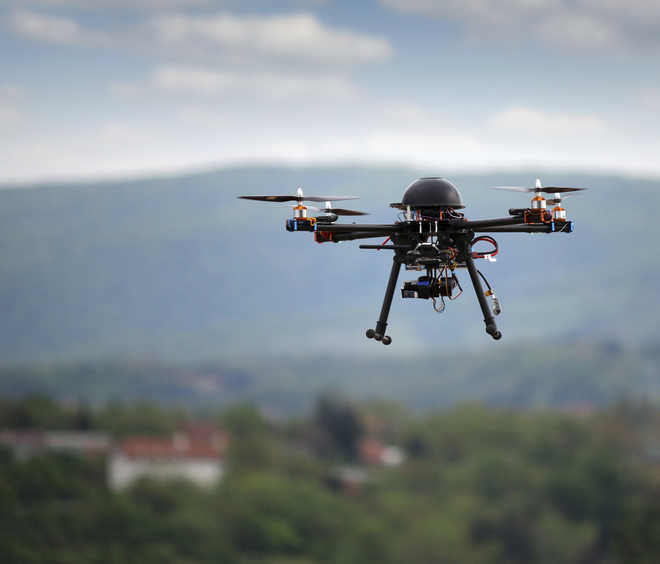Drones to pills
IN a huge relief to the sick, immobilised in their homes in the remote and inaccessible interiors of the Kullu-Manali area, care through drones is on the way for them. The residents are literally cut off during the harsh winter months when heavy snowfall blocks all roads. As of today, patients are airlifted in government-run helicopters in case of emergency. In December, unmanned and remotely piloted aircraft or drones may supplement this aid. Thus, Himachal Pradesh becomes one of the first few states to form a plan of availing itself of the Ministry of Civil Aviation’s policy for drone flights that comes into effect on December 1. Himachal CM Jai Ram Thakur intends to use drones as vehicles of change in healthcare facilities in the difficult mountain terrain. With aid from TCS and IIT-Roorkee, the government aims to deploy drones to drop medicines and collect blood samples of patients for delivery at health centres.
The scope of utility of drones is immense and exciting. Touted to be a more than $1 billion market, their application ranges from photography to agriculture, from infrastructure maintenance to insurance. At the same time, there is little doubt about the need for utmost caution and strict government regulation given the security concerns over opening the skies to the drones.
While Drone Regulations 1.0 are equipped with strategies to guard against rogue drones and ensure public safety, the ecosystem in this new phase of aviation calls for constant vigil and scope for evolution of new regulations. The ministry has formulated the Digital Sky Platform which will operate as a traffic regulator in the drone airspace and coordinate with the defence and civilian air traffic controllers. Any drone without a digital permit to fly will simply not be able to takeoff. As commercial drone operations take off, industry demands can clash with government rulings. The challenge will be to not let the venture become a pizza delivery vehicle.










